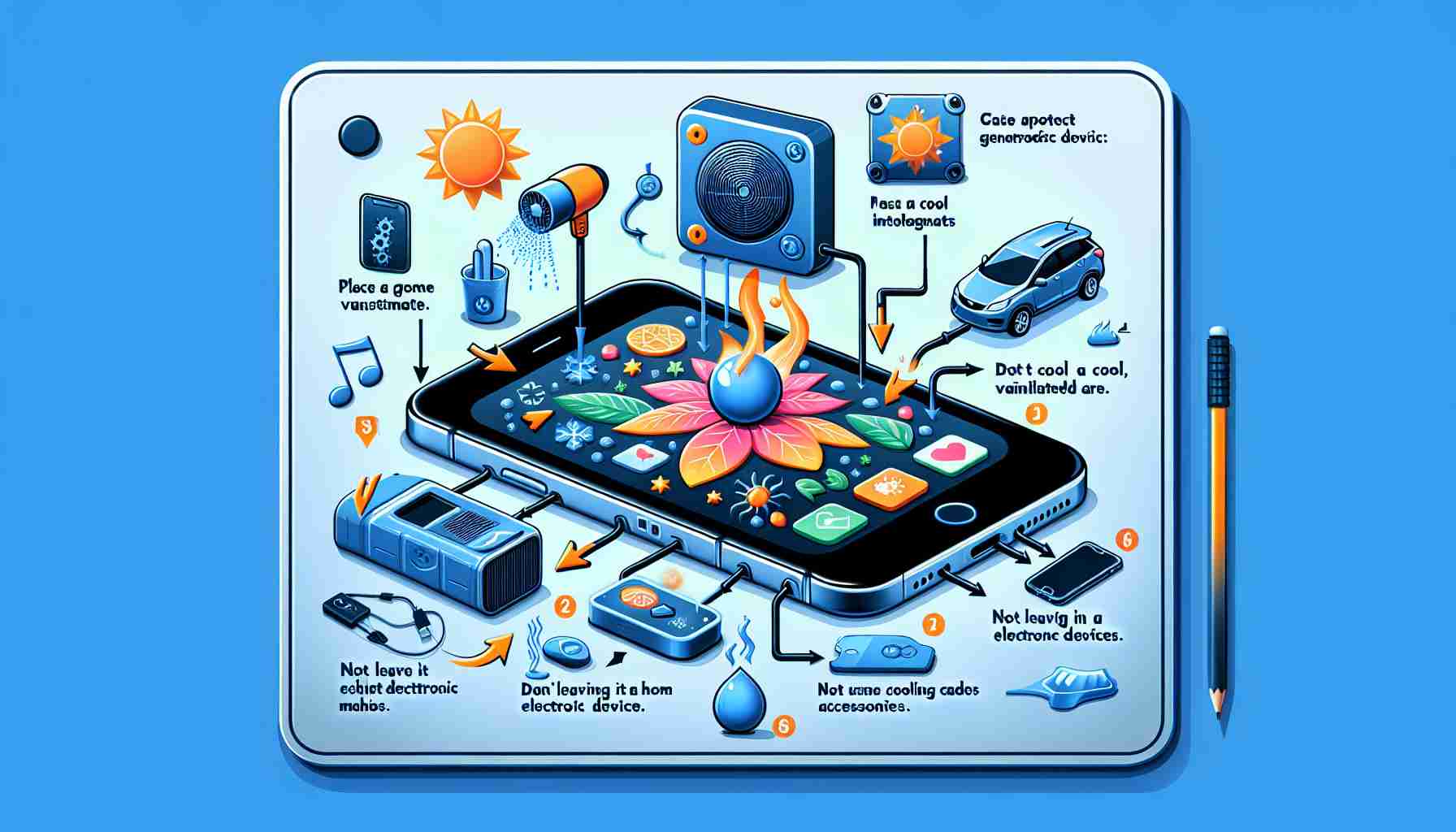Smartphones are vulnerable to heat. Operating within a specified temperature range is crucial for their longevity. Exposing your device to scorching temperatures can expedite battery deterioration and damage internal components.
For most Apple and Samsung devices, the optimal temperature range is between 32°F to 95°F (0°C to 35°C). When the phone surpasses this threshold, internal heat sensors trigger alerts, slow down operations, or even initiate shutdowns.
Reports from Asurion, a U.S. phone insurance service, revealed a 15% surge in smartphone battery-related issues during the record-breaking heatwave of 2023 compared to other periods. With around 700 smartphone repair centers under its umbrella, the company highlighted the impact of extreme heat on device functionality.
Heat accumulation is inevitable while using your phone, especially during high outdoor temperatures. Excessive heat can render phones unusable, as seen during the extreme European heatwave in 2023 when many devices failed in scorching temperatures reaching 115°F (45°C) in Sardinia, Italy.
Founder of Green Smartphones, Tom Paton, cautioned that phones typically start encountering problems at or above 110°F (43°C) or when they are exposed directly to sunlight in extremely hot weather conditions.
To prevent device overheating, avoid direct sunlight exposure and minimize phone usage, particularly during peak heat periods. Removing phone cases or opting for breathable materials can improve heat dissipation. Additionally, charging phones in cooler environments and allowing overheated devices to gradually cool down are essential practices to protect your phone from heat-related malfunctions.
Additional Facts:
– Devices such as laptops and tablets are also susceptible to overheating, leading to performance issues and potential damage.
– Heat can affect not only the battery but also the overall performance and lifespan of electronic devices.
– Overcharging a device can generate excess heat, contributing to overheating issues.
– High humidity levels can exacerbate heat-related problems in electronic devices.
Key Questions:
1. What are the most common signs that indicate a device is overheating?
2. How does excessive heat impact the overall performance and longevity of electronic devices?
3. Are there specific cooling accessories or techniques that can help prevent device overheating?
Key Challenges and Controversies:
– Balancing the need for device performance with the risk of overheating can be a challenge for manufacturers.
– Some users may prioritize aesthetics over practicality, opting for phone cases that hinder heat dissipation.
– Finding a balance between using devices in various environments and protecting them from excessive heat can be challenging for consumers.
Advantages:
– Safeguarding devices from excessive heat can prolong their lifespan and maintain optimal performance.
– Implementing preventive measures reduces the risk of sudden malfunctions or permanent damage.
– Enhancing heat management practices can lead to a better user experience and overall device satisfaction.
Disadvantages:
– Restricting usage or implementing protective measures may inconvenience users who rely heavily on their devices.
– Some protective accessories or techniques may not be foolproof, leading to potential overheating issues.
– Over time, heat-related damage may still occur despite best efforts to safeguard devices.
Related Links:
– Apple
– Samsung
– Asurion
